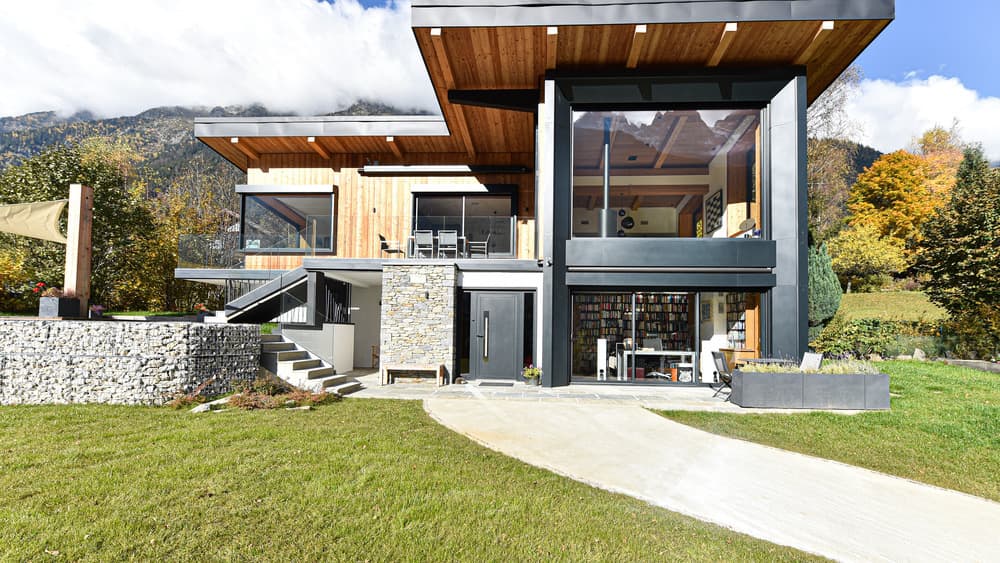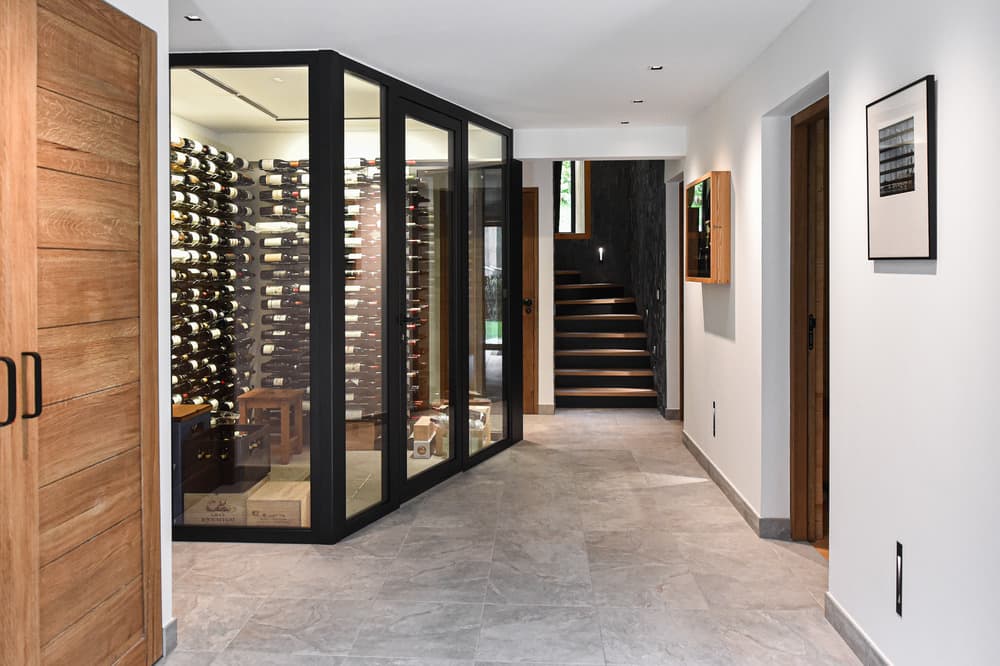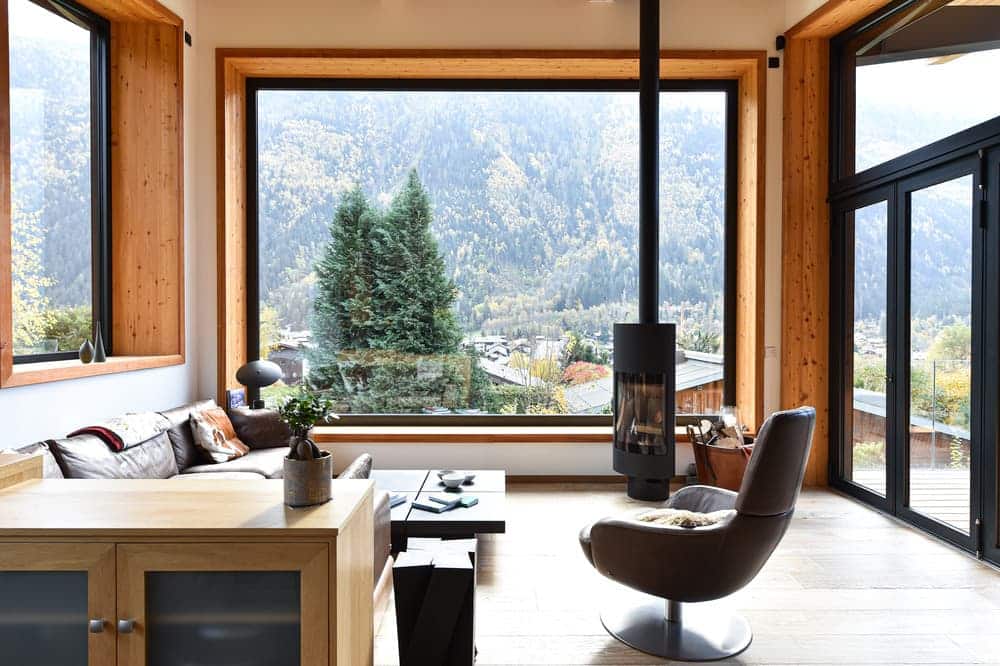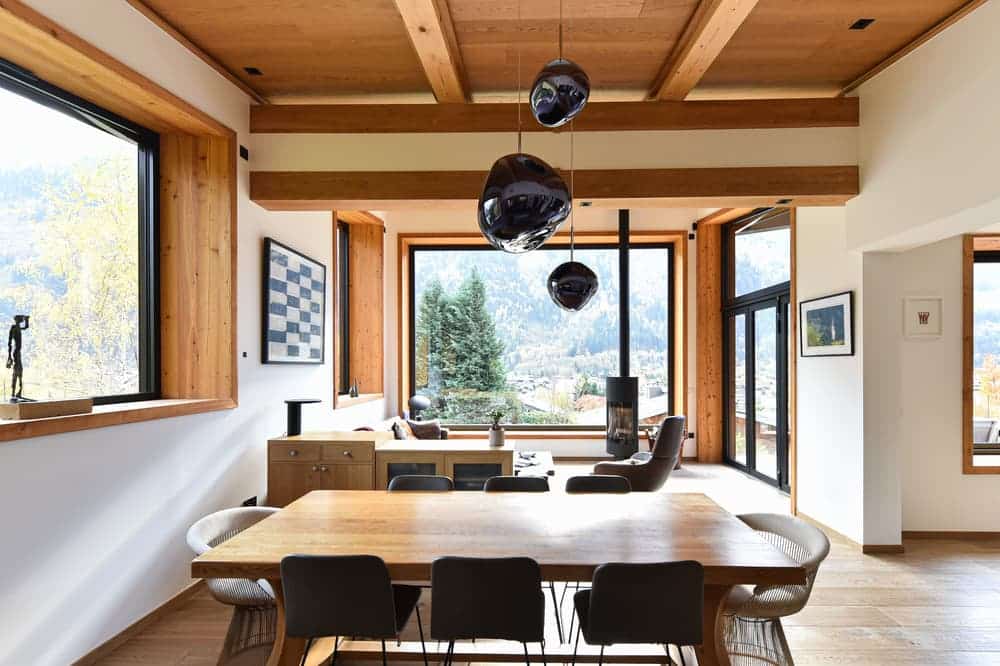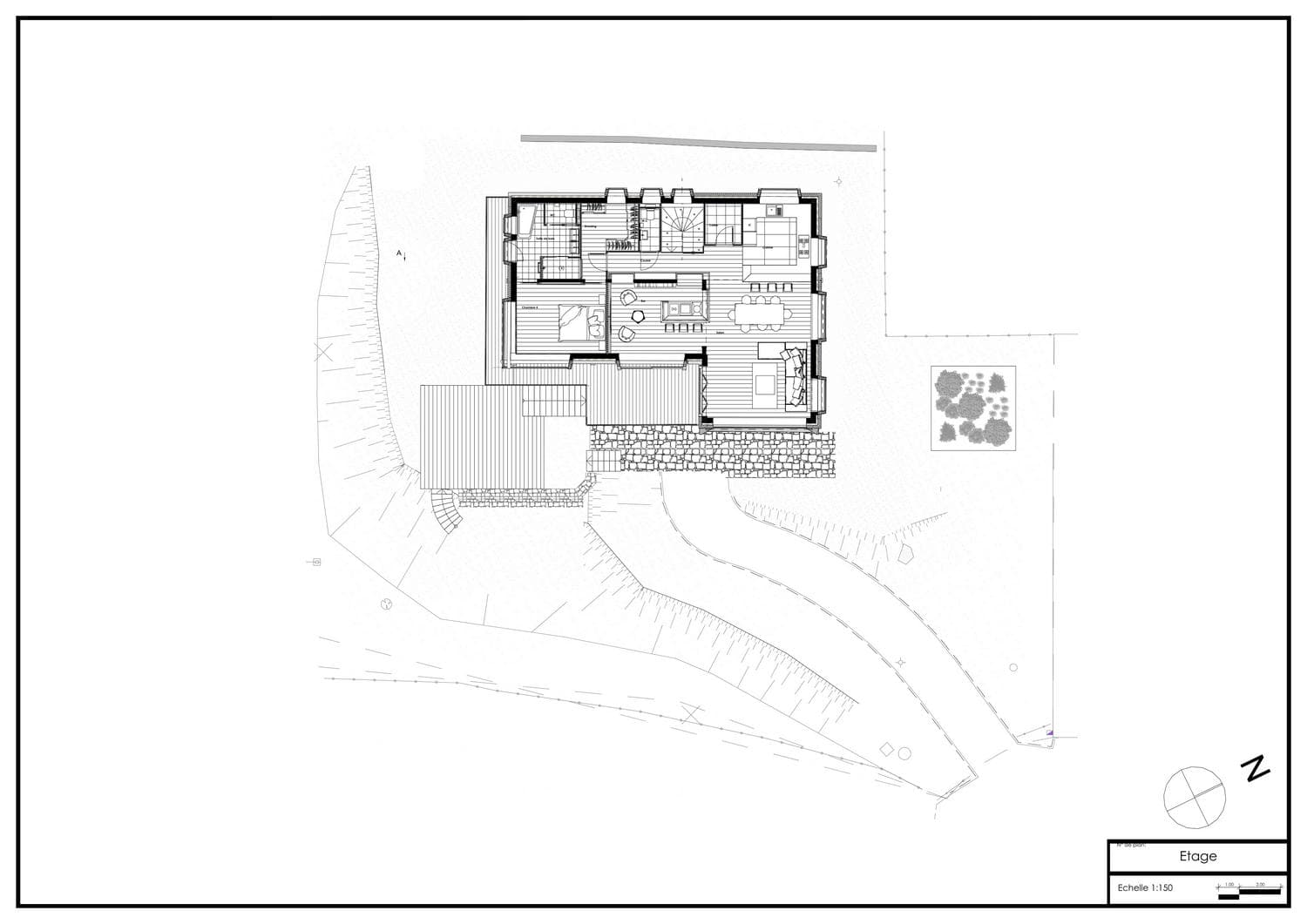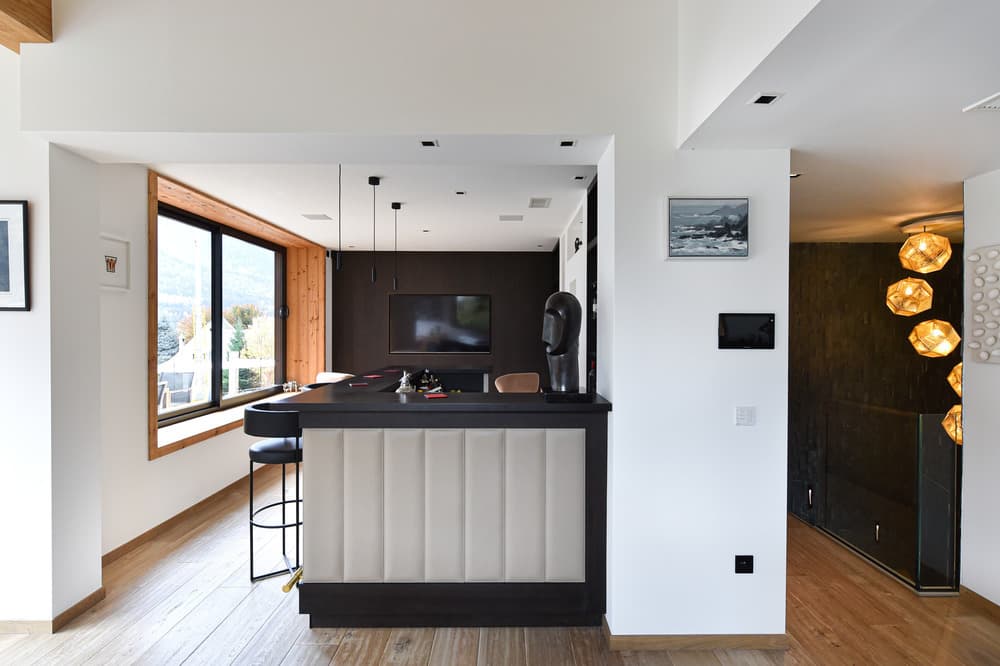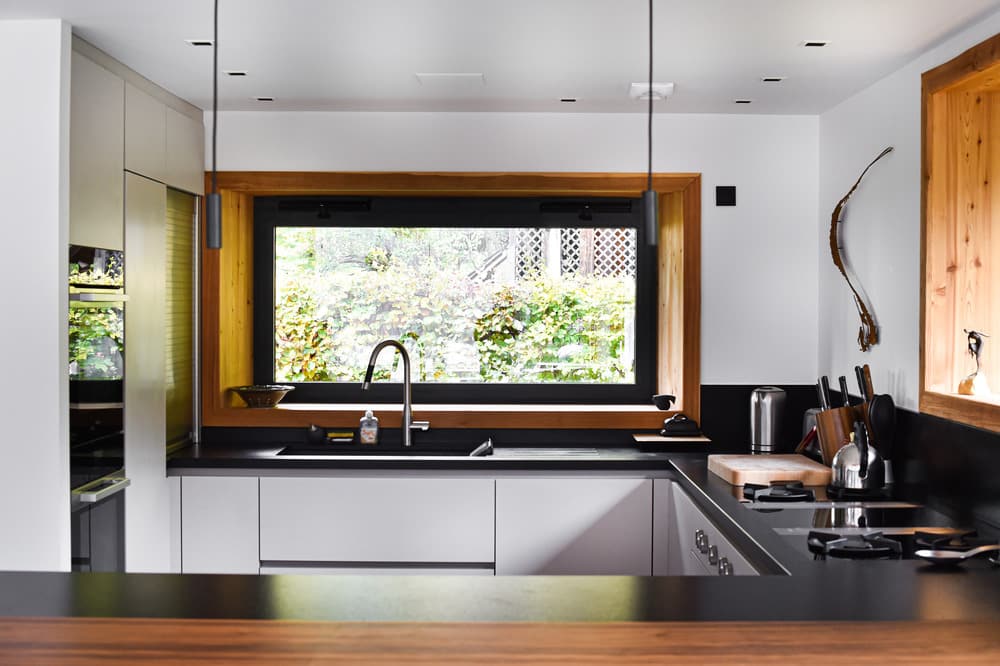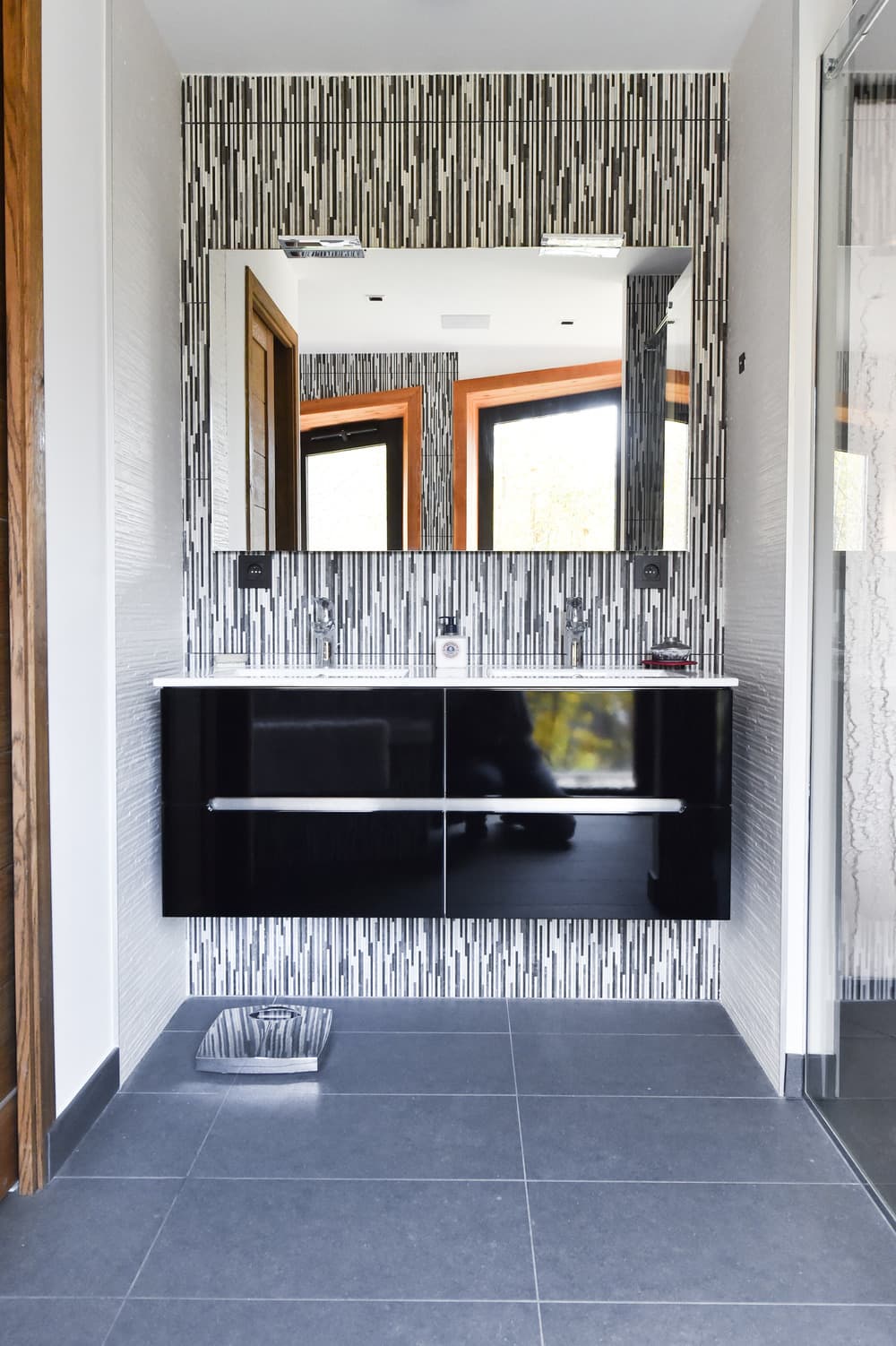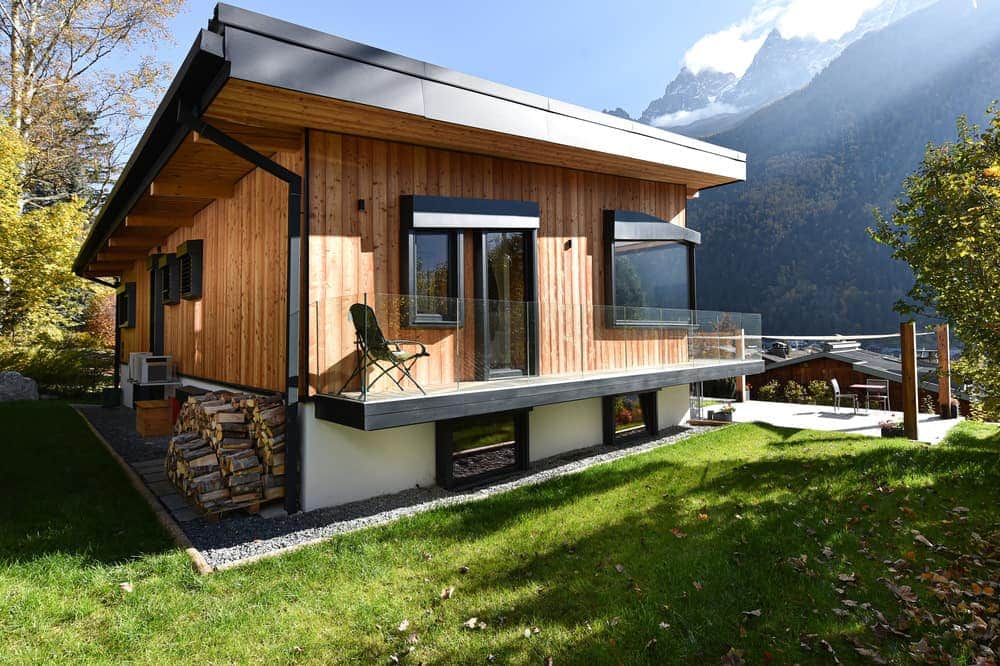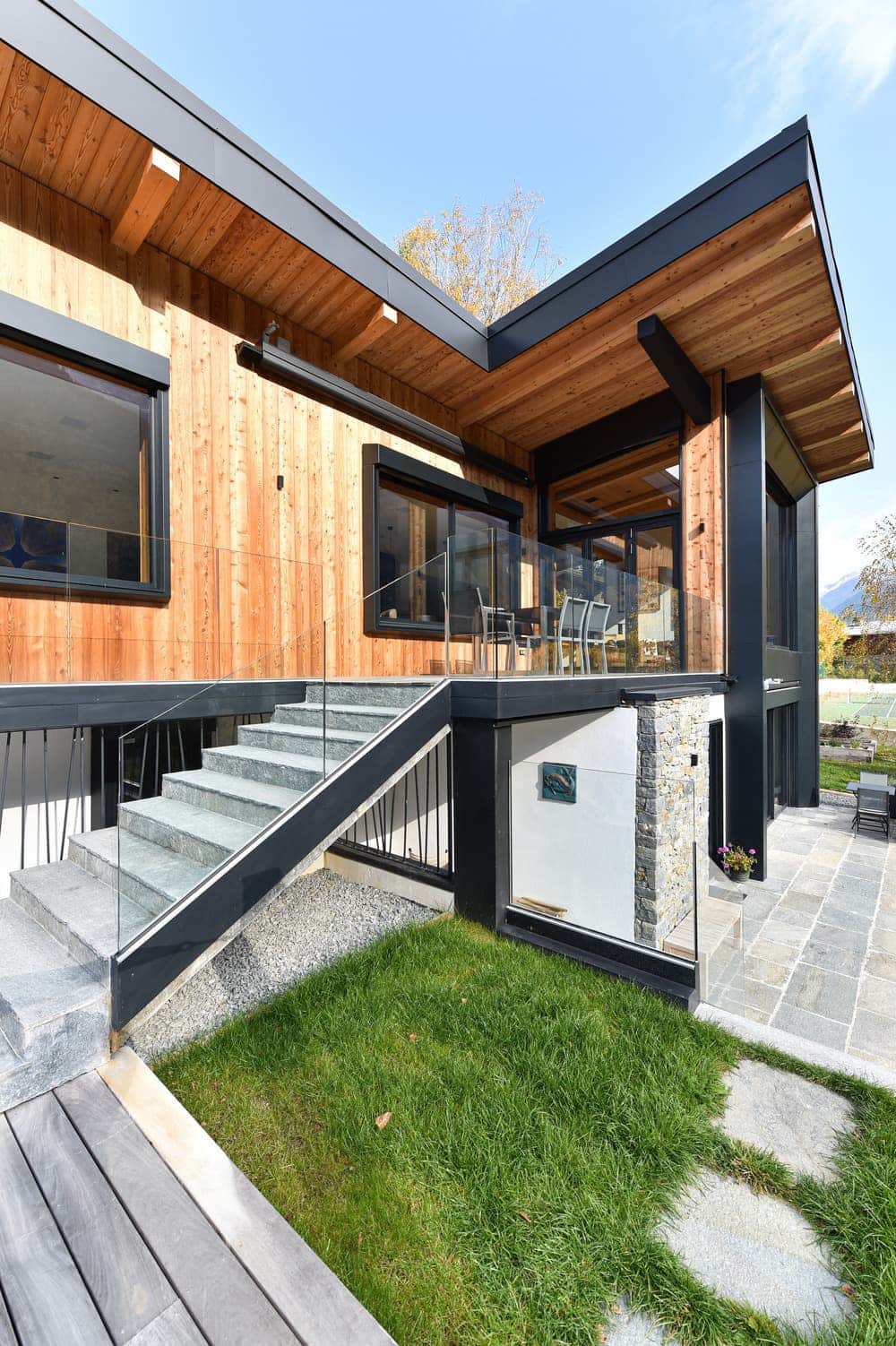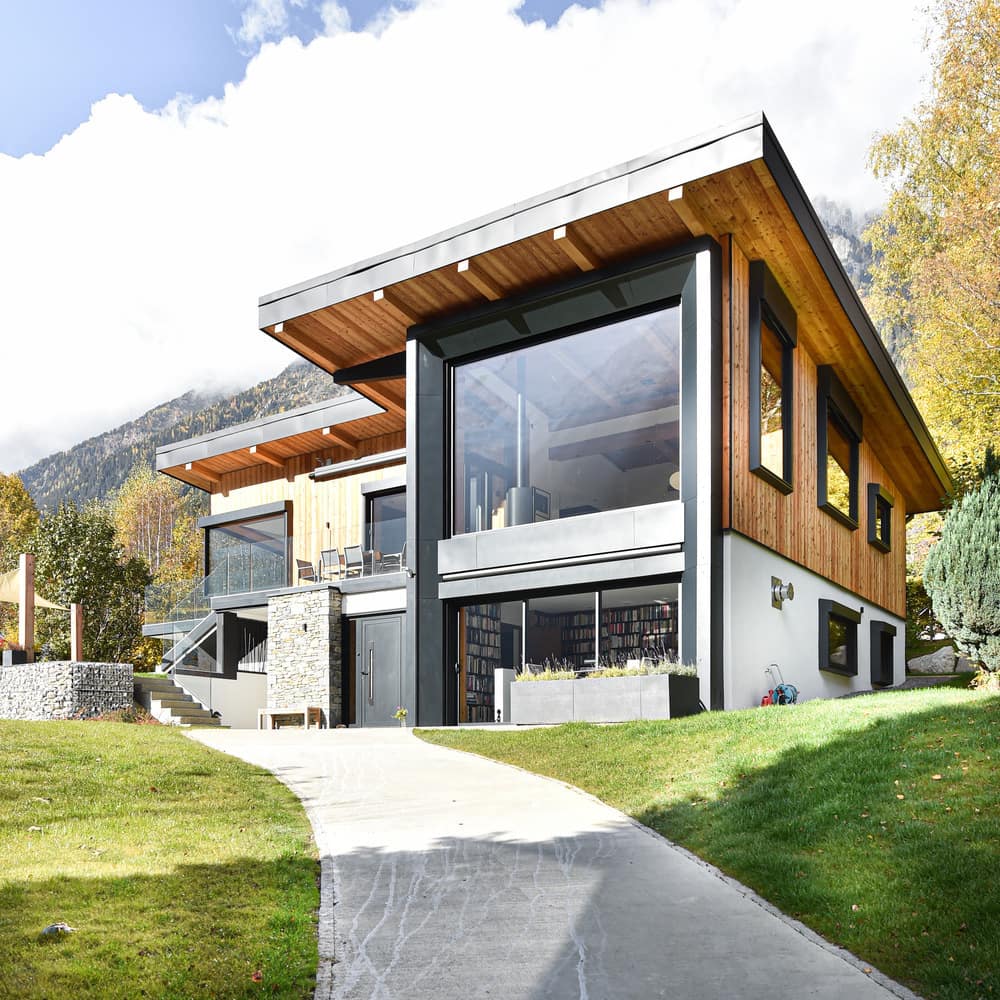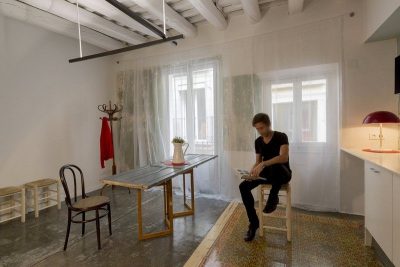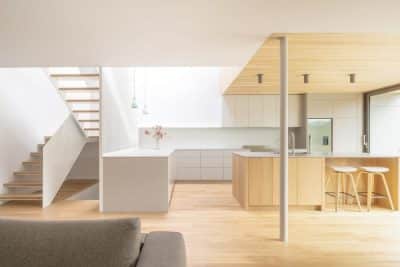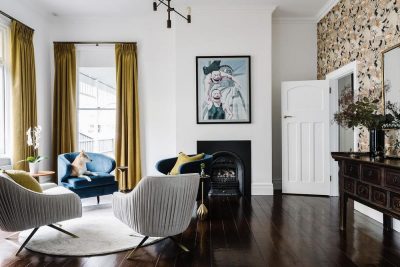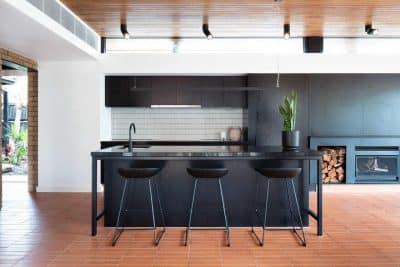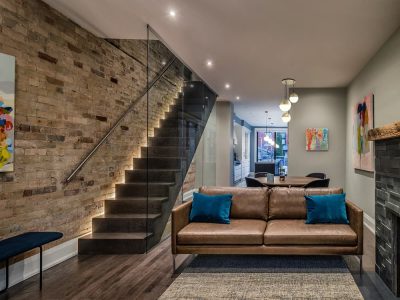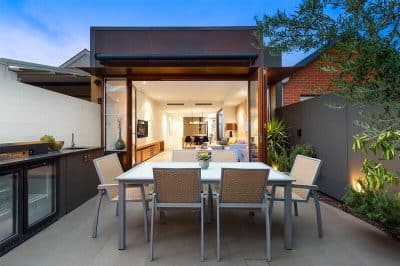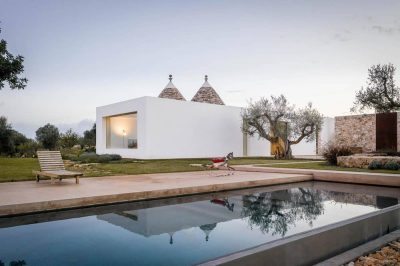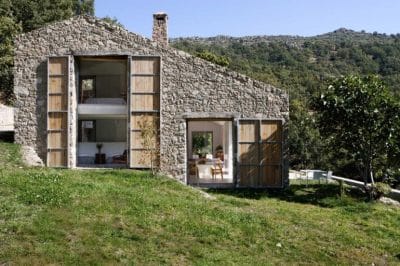Project: Aperture Cottage
Architects: Chevallier Architectes
Architect: Renaud Chevallier
Design crew : David Castagna, Thibault Forissier, Sophie Rubin
Location: Chamonix-Mont-Blanc, France
Project completion : 2021
Photo Credits: Solène Renault
Courtesy of Chevallier Architectes
“I was going to walk in the footsteps of my grandfather” – that was the motivation of the architect when he agreed to renovate this residence built by his grandfather, also an architect. And with a particularly emotional commitment, the grandson began a contemporary reinterpretation of the main residence, two generations apart.
The project is also a meeting, a consultation between architect and client; a client himself involved in construction and holding a vigorous viewpoint. The latter is committed from the start to being the ideal client, and he endeavors to demonstrate his availability, reliability, investment and, of course, his high standards. It was a robust consultation with sustained commitments.
With the help of new technological solutions, the architect was able to “frame” the views and position openings in their ideal positions. A permanent frame on a quiet environment.
The challenges were abundant. It was necessary to integrate the modernity of the equipment and the networks, while keeping original parts, including a heat pump, an elaborate home automation, air conditioning, LED lighting and to utilize different materials which the agency had not previously used, including leather and brass.
Finally, the maximum size for one of the many bay windows was attained. Today, we could not see how to design a larger one.
The architect will complete the Aperture Cottage based on two assets: the first is close consultation with an exceptional client, as expected; the second is the pride of extending the project of his grandfather, while preserving an authentic architectural heritage that is currently no longer feasible, as in the case of building a house with a pitched roof.
*Aperture in English, which in photography defines the opening of the lens through which the light passes to enter the camera. It is like a “pupil”, which opens and closes to change the amount of light passing through it.

